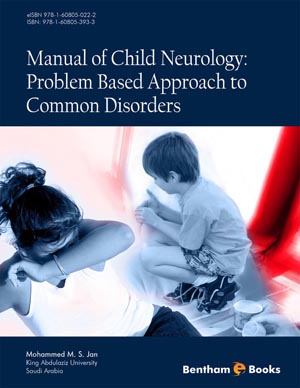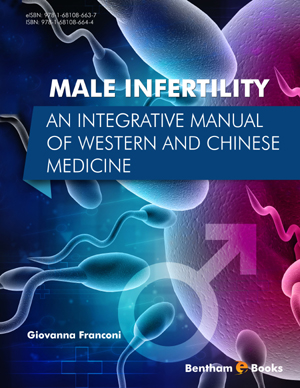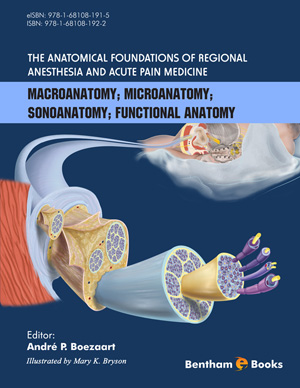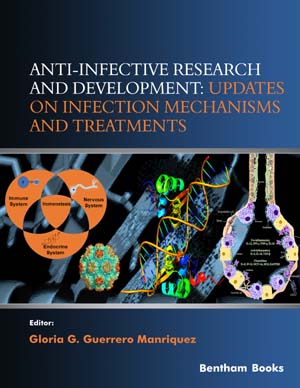Abstract
Stroke is defined as a rapidly developing clinical signs of focal or global disturbance of cerebral functions with symptoms lasting 24 hr or longer or leading to death with no apparent cause other than of vascular origin. Childhood stroke is increasingly recognized with an incidence exceeding 3.3 in 100, 000 children per year, more than double the estimates from past decades. The risk factors for ischemic stroke in children are diverse and challenging. The most common cause of ischemic stroke in children is thrombotic vessel occlusion. Risk factors include prothrombin 20210G-A (PT20210) mutation, factor V Leiden 1691 G-A mutation, and hereditary deficiencies of protein S, protein C, and antithrombin III. Recently, another thrombophilic factor has been described, that is, an elevated level of factor VIII procoagulant activity. Cardio-embolic causes are amongst the most important to identify early in order to prevent recurrence. Spastic hemiplegia can also be an initial manifestation of a number of metabolic or degenerative disorders such as Metachromatic leukodystrophy, Adrenoleukodystrophy, Leigh disease, MELAS, Sneddon syndrome, Homocystinuria, Fabry disease, and Menkes disease. Finally, inherited dyslipidemic states can occur rarely in children resulting in atherosclerotic disease. Many of these disorders have a distinct inheritance patterns and specific defects. Establishing such specific diagnoses will be therefore extremely important for providing appropriate therapy, prognosis, and genetic counseling.
Keywords: Muscle, Weakness, Hypotonia, Paralysis, Hemiplegia, Stroke, Thrombosis, Embolism, MRA, Angiography, Physiotherapy.






















